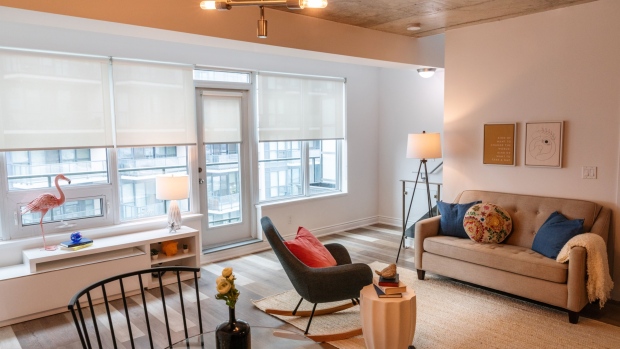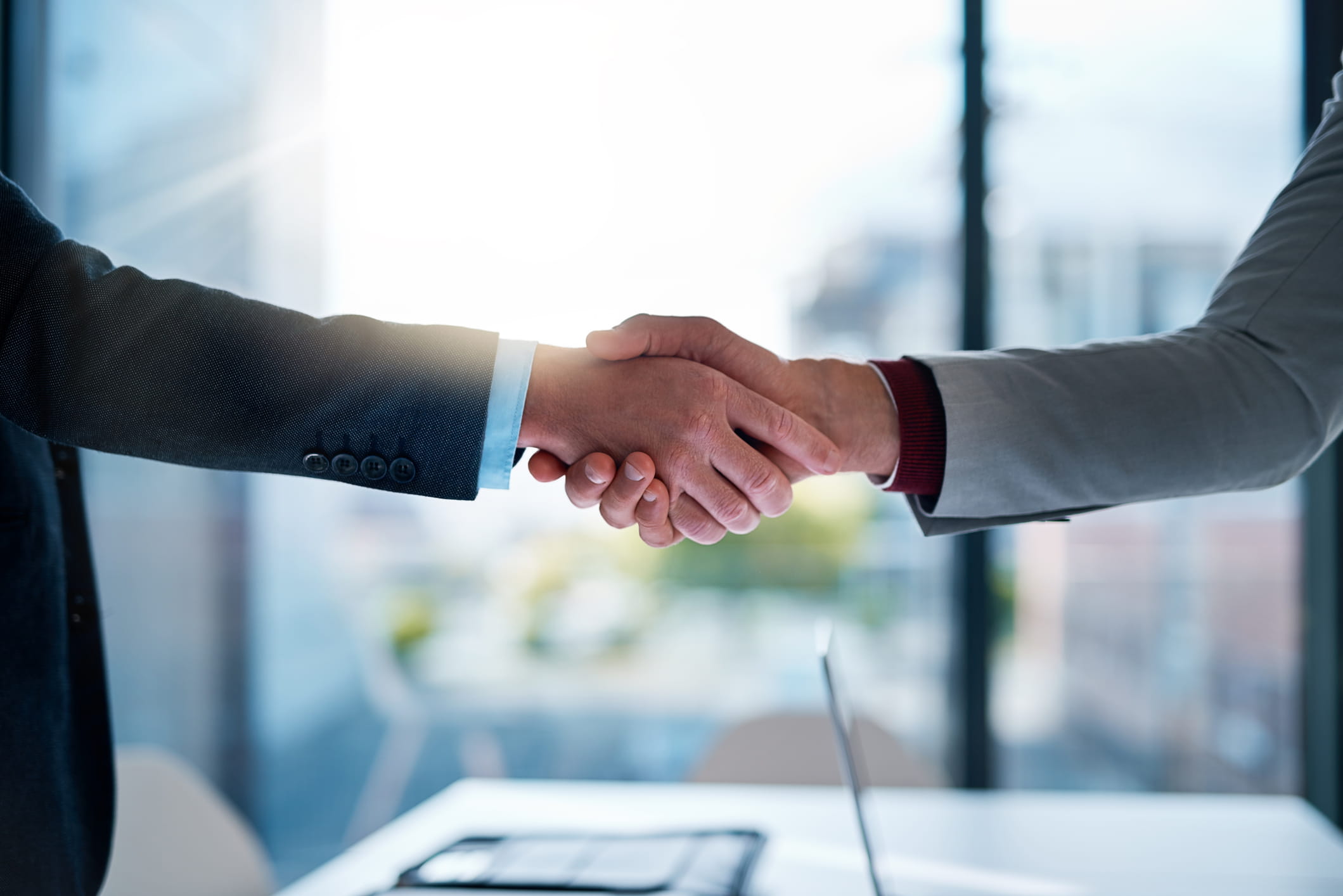Avenuer
Senior Member
As a residential property owner, I have no problem paying an extra ~$10 per year to even the property tax playing field between purpose-built residential and condos. It's peanuts in the grand scheme of things (less than $1/month lol).You think so? Are there that many proformas that now suddenly make sense with this property tax shift that we're going to see a boom in multifamily construction? They already admit there will be zero savings passed along to renters outside of the possibility of bringing more product to the market.
Frankly, this sounds like a regressive policy that shifts tax burden from big property ownership groups to private citizens (all while in a budget/revenue crunch??) all for some idea of "equity".








